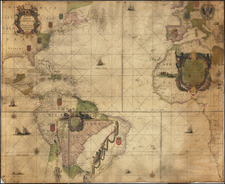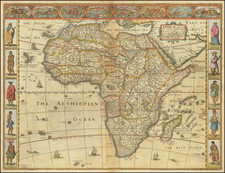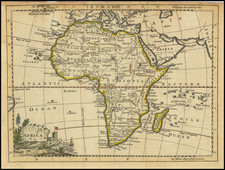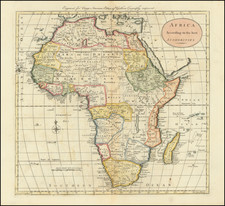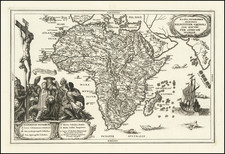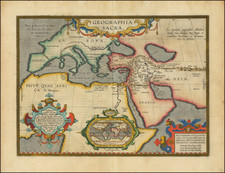Road Map of a Portion of South Sudan -- Construction of the Juba, Future Capital of South Sudan
Interesting map of the area between Juba and the area around Nimule and the Asswa River, illustrating the roads in the region, at a time when the leadership of Anglo-Egyptian Sudan was creating the town of Juba, future capital of South Sudan.
The map was almost certainly created in about 1929-1930, during a period of time when Anglo-Egyptian Sudan was creating the town of Juba in the late 1920s, at the site of the Nugent Memorial Intermediate School, opened by the Church Missionary Society in 1921. Major construction of the new city of Juba was underway by 1927. Traders from Rejaf relocated to Juba in 1929, and the Governor's office of Mongalla was moved to Juba in 1930.
Constructed on an earlier map of the rivers in the area originally prepared by F.T. Murray, the map includes hand drawn annotations (in black) showing the roads between Juba and Rejaf in the north, Torit in the east and Nimule, at the confluence of the Nyama River and White Nile River, on the border of today's South Sudan and Uganda.
The map identifies the following roads:
- New Juba - Torit Road
- Present Road
- 1927 Trace
- 1928 Trace
- Old Road Abandoned
- Several unnamed Roads
Blueprint & Blue Line maps (Cyanotype Printing)
Blueprint and blue line maps were among the most popular means for the swift printing of maps for which there would be a limited demand. A blueprint or blue line map could be made and/or revised much more quickly than a lithograph, cerograph, or other printing method, and at a much lower cost.
This method of printing was invented in 1842 by John Herschel, a chemist, astronomer, and photographer. A cyanotype process, one starts by drawing on semi-transparent paper, weighted down by a top sheet of paper. The paper would be coated with a photosensitive chemical mixture of potassium ferricyanogen and ferric ammonium citrate. The paper would then be exposed to light, wherein the exposed portions turned blue and the drawn lines, protected from exposure, would remain white.
The cyanotype printing process was an improvement on the expensive and time-consuming method of hand-tracing original documents. The technique was particularly popular with architects; by the 1890s, a blueprint was one-tenth the cost of a hand-traced reproduction. It could also be copied more quickly.
Blueprint and blue line maps began to appear as early as the 1850s and 1860s, but they really began to become the standard for mining and similar limited-purpose maps by the 1880s. The ability to create these maps quickly and at a low cost made them the standard for short-run prints, ideal for mapping mining regions in the West and for similar purposes.
The method still exists today, but in a very limited fashion. In the 1940s, diazo prints (whiteprints or bluelines) became more popular, as they were easier to read and faster to make. The blue lines on a white background of these prints are now what most people call blueprints.









